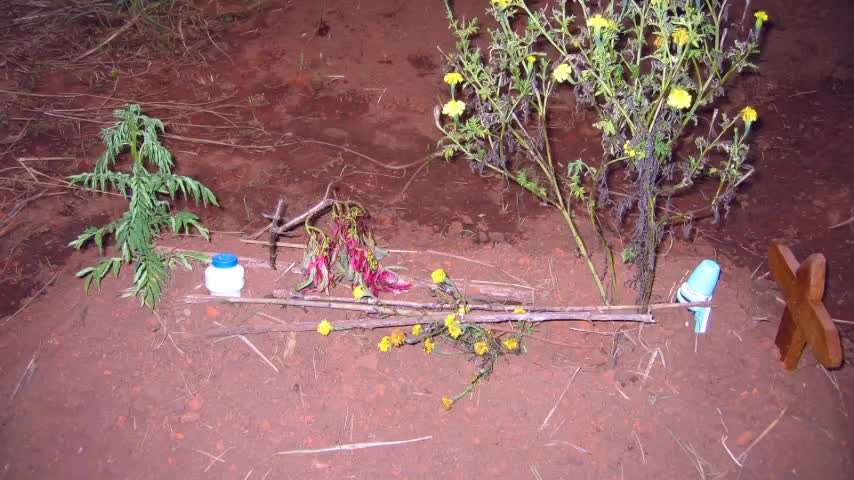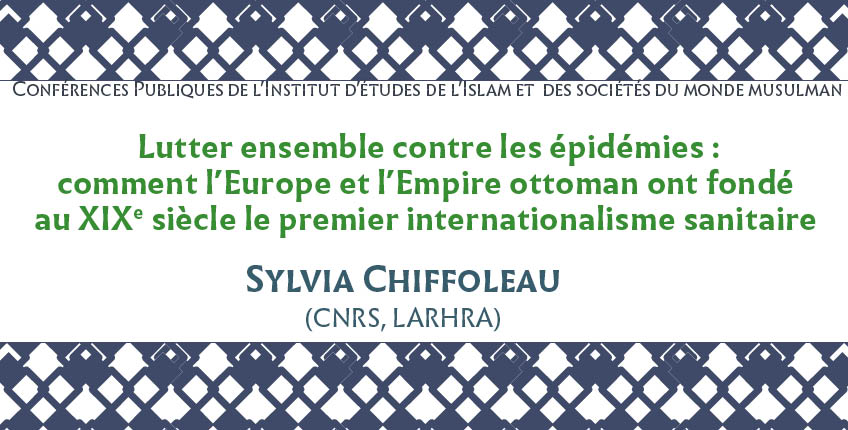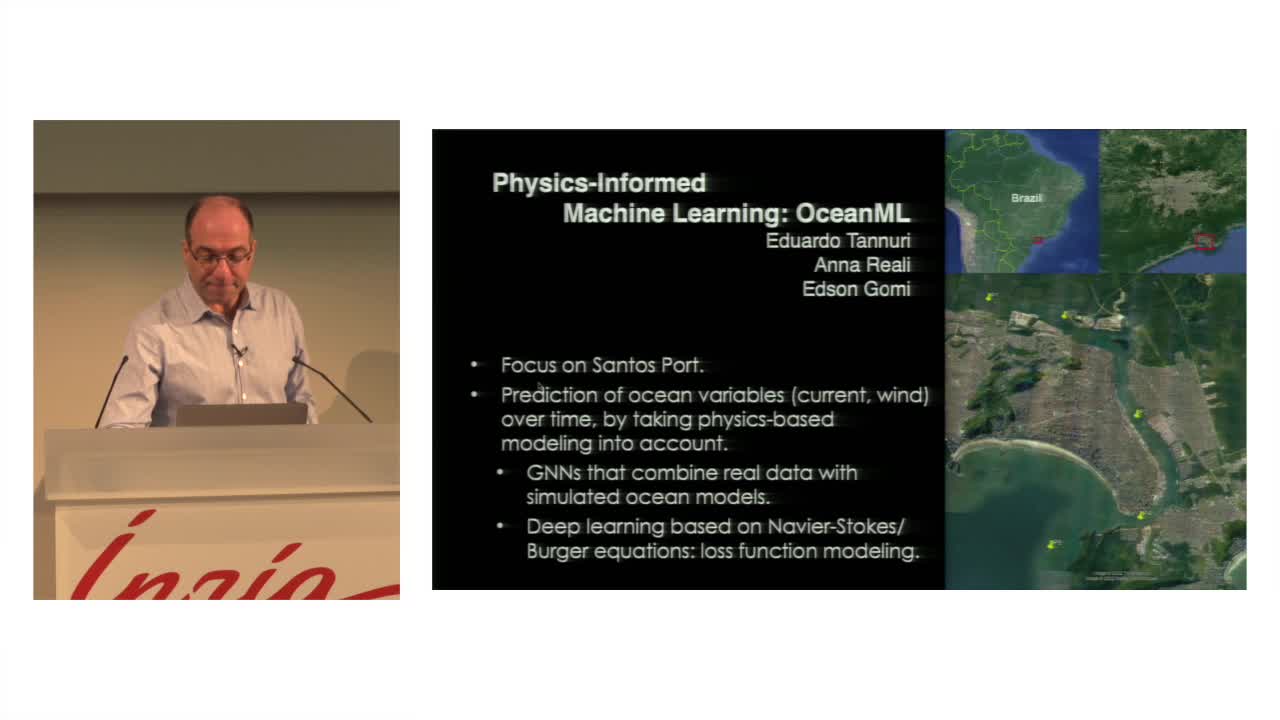Notice
Integrating Simulation, Machine Learning, and High-performance Computing to Support Public Health Decision Making
- document 1 document 2 document 3
- niveau 1 niveau 2 niveau 3
Descriptif
The COVID-19 pandemic has highlighted the need for detailed modeling approaches that can capture the many complexities of emerging infectious diseases. In response, our group developed CityCOVID, a distributed agent-based model capable of tracking COVID-19 transmission in large, urban areas. Through partnerships between Argonne National Laboratory, the University of Chicago, the Chicago Department of Public Health, and the Illinois COVID-19 Modeling Task Force we combined multiple data sources to develop a locally informed, realistic, and statistically representative synthetic agent population, with attributes and processes that reflect real-world social and biomedical aspects of transmission. We model all 2.7 million individual residents of Chicago, as they go to and from 1.2 million different places according to their individual hourly schedules. In this presentation I will describe how we integrated agent-based modeling (Repast HPC, ChiSIM), machine learning (IMABC, MOBO), and high-performance computing (HPC) technologies (Swift/T, EMEWS) in support of public health stakeholders. I will describe our efforts in translating the outputs of our HPC-generated analyses to support public health decision making in understanding, responding to and planning for the current and future population health emergencies. I will also describe other areas of application where our integrated approaches have and are continuing to be applied. I will conclude with thoughts on future areas of interest.
Intervention / Responsable scientifique
Sur le même thème
-
ML-enhancement of simulation and optimization in electromagnetism
PestourieRaphaëlFull-wave simulations of large-scale electromagnetic devices — spanning thousands of wavelengths while featuring sub-wavelength geometrical details — pose significant computational challenges….
-
Des opérateurs de neurones aux modèles de fondation : Scientific Machine Learning pour les phénomèn…
LehmannFannyLe Scientific Machine Learning a émergé comme un domaine à la frontière entre apprentissage automatique et simulation numérique pour construire des méta-modèles innovants...
-
Impact des techniques neuronales pour la microscopie computationnelle
DorizziBernadetteGottesmanYaneckCet exposé s'attachera à décrire l'intérêt des techniques de réseaux de neurones pour la microscopie computationnelle…
-
Initiatives internationales pour prévenir l’émergence des zoonoses
LounnasManonManon LOUNNAS présente une initiative adoptant une approche « One health (OHLEEP) » : le projet PREZODE pour prévenir l’émergence des zoonoses. Ce projet international multi-acteurs se concentre sur
-
Allons-nous vers de nouvelles épidémies en zone méditerranéenne ?
FontenilleDidierDidier Fontenille définit les maladies vectorielles, l’émergence, la réémergence, le risque et les facteurs favorisant le risque d’une nouvelle épidémie. Il décrit deux exemples historiques ( peste au
-
Covid-19 : ce que nous apprennent les statistiques hospitalières-PUDD
AndolfattoDominiqueLabbéDominiqueBilan de l’épidémie de covid-19 en France à l’aide des statistiques hospitalières départementales mises en ligne par Santé publique France.
-
ONG locales et reconstruction du système de santé publique au nord de la Côte d’Ivoire - Toily Anic…
ZranToily Anicet"Les épidémies ne sont pas que des épisodes de santé publique, mais ce sont des moments qui questionnent et qui remettent en cause la société (...)."
-
Memory, Light, Spin Glasses, and Deep Classification
LeonettiMarcoMarco Leonetti livre une présentation de haut niveau, à la fois riche et inspirante à l'interface de l'apprentissage machine, de la physique statistique et de l'optique ondulatoire en milieu diffusant
-
Séminaire du Réseau Anthropologie des Épidémies Émergentes : enquêter dans les espaces numériques :…
EpelboinAlainDesclauxAliceEgrotMarcIntervention du Dr Alain Epelboin : Réponse anthropologique aux (ré)émergences d’épidémies mortelles au travers de veilles internet (2014-2023)
-
« Lutter ensemble contre les épidémies : comment l’Europe et l’Empire ottoman ont fondé au XIXe siè…
ChiffoleauSylviaSylvia Chiffoleau, « Lutter ensemble contre les épidémies : comment l’Europe et l’Empire ottoman ont fondé au XIXe siècle le premier internationalisme sanitaire », mardi 6 avril 2021.
-
« Les épidémies dans l’histoire de l’islam »
MoulinAnne-MarieConférence de Anne-Marie Moulin, « Les épidémies dans l’histoire de l’islam », mardi 6 avril 2021.
-
Research in Knowledge-Enhanced Machine Learning at the Center for Artificial Intelligence (C4AI)
CozmanFabio GagliardiResearch in Knowledge-Enhanced Machine Learning at the Center for Artificial Intelligence (C4AI)













